‘SKY’ the Limit: How an Ambitious Plan Is Crafting Chattisgarh’s Mobile Revolution
Across rural Chhattisgarh, cellular network penetration used to be the lowest in the country at 29 per cent and almost three-fourths of households remained unconnected under the telecom network.
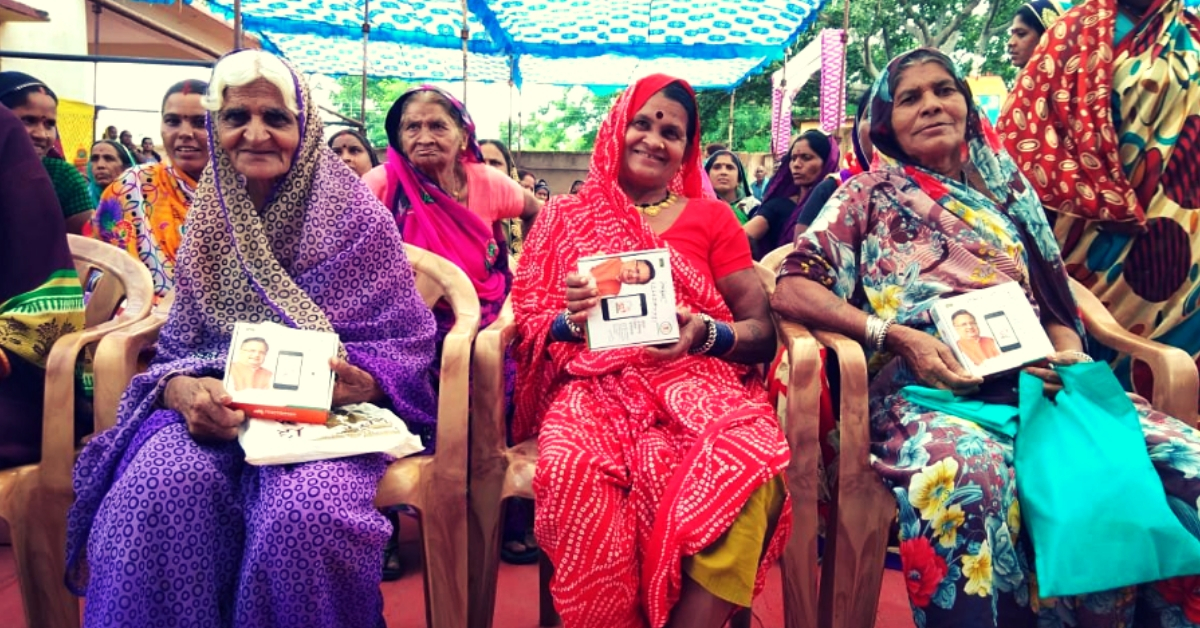
This article is sponsored by the Government of Chhattisgarh.
There are many places across India where modern privileges – like electric connections or telephonic connectivity – are still elusive. But in Chhattisgarh, an inspirational change is already underway, even as we speak.
Across rural Chhattisgarh, cellular network penetration used to be the lowest in the country at 29 per cent. Three-fourths of households across rural regions in the state were unconnected and for those who happened to have a basic mobile phone, climbing atop a mountain or even a tree to make a call was the sad reality.
To solve this, a digital revolution was conceptualised by the state government last year that aimed to empower rural communities through telecom penetration and help them enjoy seamless network connectivity like everyone else across the country.
That’s where the Sanchar Kranti Yojana (SKY) comes in. A meticulously planned and well-implemented scheme by the state government, and powered by the Chhattisgarh Infotech Promotion Society (CHiPS), it ensures mobile connectivity across the state, achieving multiple goals in one go – like economic growth, social development and through these, empowering rural communities through network connectivity.
“Sanchar Kranti Yojana aims to connect & empower the citizens of the state. SKY will open the gates to unlimited possibilities and opportunities, will further strengthen citizen engagement in governance and will be pivotal in laying the foundation of a Smart Chhattisgarh,” says Dr Raman Singh, Chief Minister, Chhattisgarh, who had launched the ambitious project in July this year.
To understand the scope of SKY we have to understand the nature of connectivity and how it affects all sections of society. Connectivity – telephony and data – is such an integral part of urban India’s life, and few consider how much it affects our overall growth.
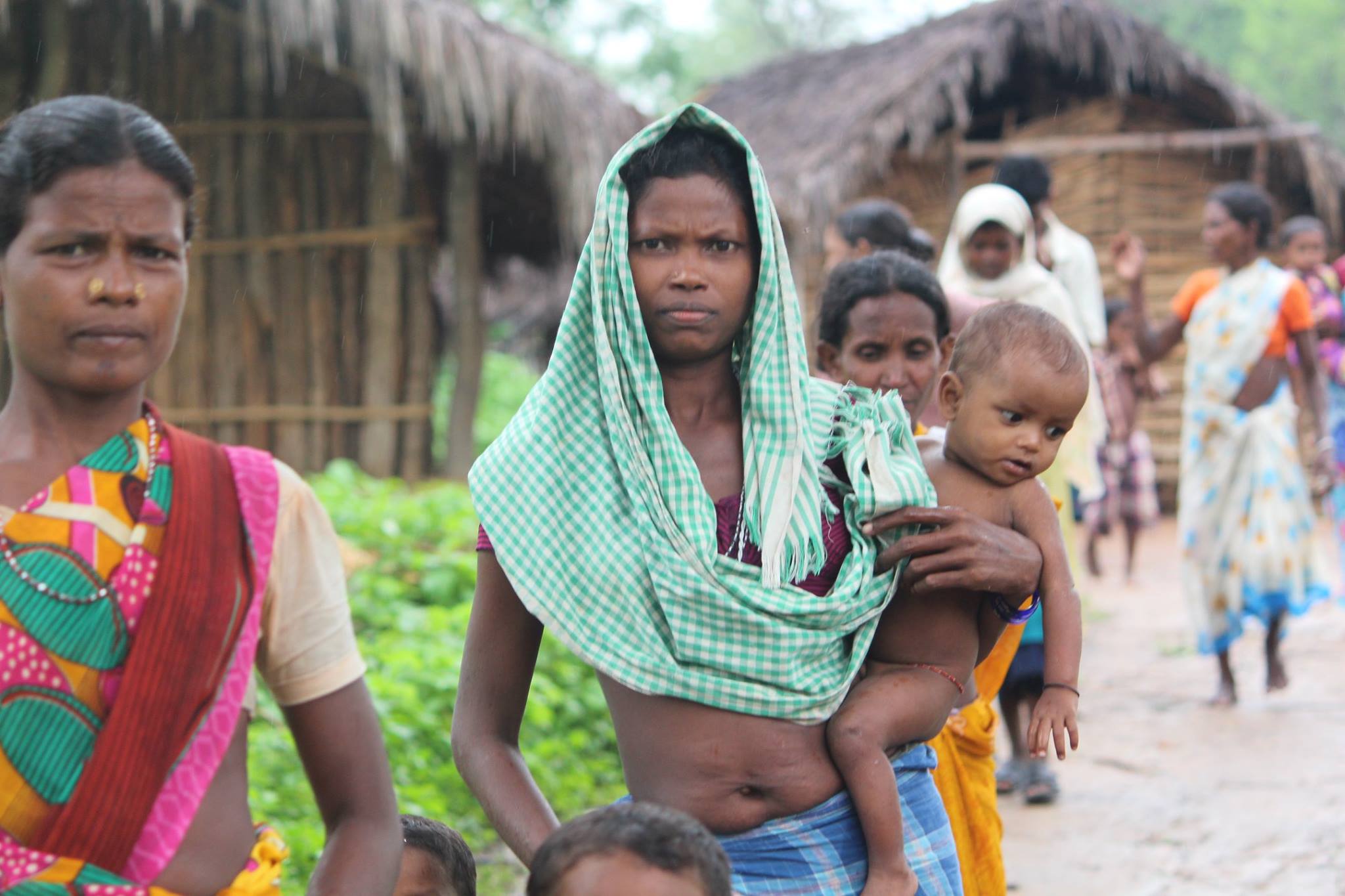
Farmers can check weather forecasts, or be warned through SMS about impending heavy rains. They can be informed about the state’s veterinarians and how they can get their animals a checkup. They can check the latest prices before hiring a lorry to take their produce to the market. And, naturally, all kinds of knowledge can be passed along, farm to farm.
Speaking of markets, the state has many women-led self-help groups for rural women entrepreneurs and small business holders. Such groups can keep in touch, decide on prices, on what products to create and even what time to show up at the state’s famous weekly markets – allowing them to stand firm against market forces.
Students, who struggle against their urban counterparts, can level the playing field by finding answers online or even by watching coaching class videos on their phones. They can apply for jobs without always having to make the long journey to a major city. Indeed, they can see their exam results right at home – an essential comfort in a state as large as Chhattisgarh.
Services like calling an ambulance or the police can mean the difference between life and death in many cases, and schemes like SKY are critical to ensuring there is no gap in availing such services.
And even at the fundamental level, like when a mother, living in the densely forested lands of Bastar, wishes to get in touch with her daughter studying in Raipur – SKY makes all the difference.
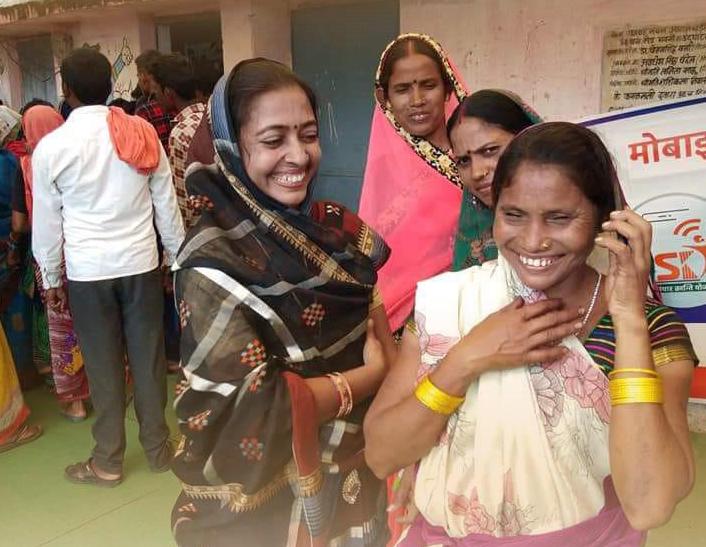
Under this scheme, 50 lakh beneficiaries have been identified by the authorities, of which 45 lakh are women and remaining 5 lakh are college students, who will be provided with smartphones, network connections and functional towers within their ambit to ensure seamless communication.
Each beneficiary will also receive free services like 1 GB data and 100 calling minutes every month for the next one year, following which they can avail talk-time and data plans through the PDS/CSCs at discounted rates. The devices have either a 4-inch display, 1GB RAM/8GB internal memory or a 5-inch display and 2GB RAM/16GB internal memory – depending on the beneficiary.
The state government has earmarked Rs 520 crore in its 2018-19 state budget for the scheme. Currently, 29 lakh smartphones have already been distributed while about 1000 out of the total planned 1,500 towers have been erected since April across areas that were previously left untouched by almost all telecom operators in India.
And to ensure tower construction does not cause anyone difficulties, operators were encouraged to build the towers on government buildings. Also, because of SKY, over 1400 dark villages will get mobile connectivity for the 1st time in Chhattisgarh upon completion!
Micromax and Reliance have bagged the Rs 1500 crore contract to supply the phones and connections.
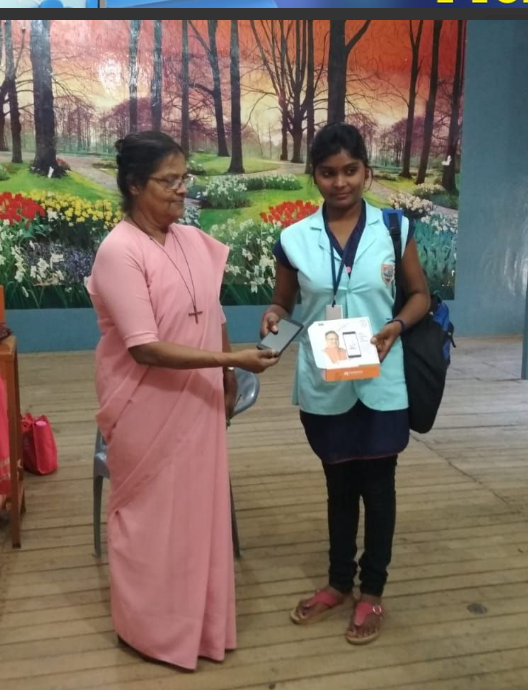
“About 10,000 camps are being organised under the project and deliveries have already started. Every beneficiary, chosen by the state government, is handed the device personally after activating it with Reliance Jio connection. The authentication of the beneficiary is done using Aadhaar,” Micromax co-founder Vikas Jain told PTI.
Interestingly, SKY is a game changer on many other levels as well. A critical aspect of it is the beneficiaries identified— the woman head of every household covered under the Socio-Economic Caste Census 2011/ National Population Register (SECC/ NPR) and BPL List 2007 in rural and urban areas respectively along with all college-going students in the state including undergraduate, postgraduate, diploma and certificate students.
“As much as bringing sparsely connected areas in the state under mobile connectivity is amongst the key objectives of this scheme, what we envision as the greater goal of the project is women empowerment along with digital literacy and financial inclusion that would enable them to make independent decisions,” says Alex Paul Menon, CEO, CHiPS.
The scheme is also considering the long-term impact of its hopes.

“We have different teams deployed to tackle these very concerns, who will make field visits to ensure that the beneficiaries are indeed using the phones. Also, it would be a big hassle to sell the phone or network connections to someone else, as details like Aadhaar or one’s bank account of the beneficiary will be linked at the time of phone collection,” Menon adds.
The entire scheme is being implemented in two phases, wherein the latter period will include every rural household that was left out in the former.
You may also like: Prayas to Porta-Cabins: Chhattisgarh’s Education Policies Are Re-Shaping The Future
SKY also aims to empower the youth in the state by providing better academic resources and employment opportunities for students. Online connectivity will help students clarify their doubts, while also allowing them to gather important details about government schemes and offers.
There are also the side benefits that usually do not figure in such plans, but were considered here. For example, a project like this increases employment since there naturally will be increased demand for mobile accessories and repair centres across the state.
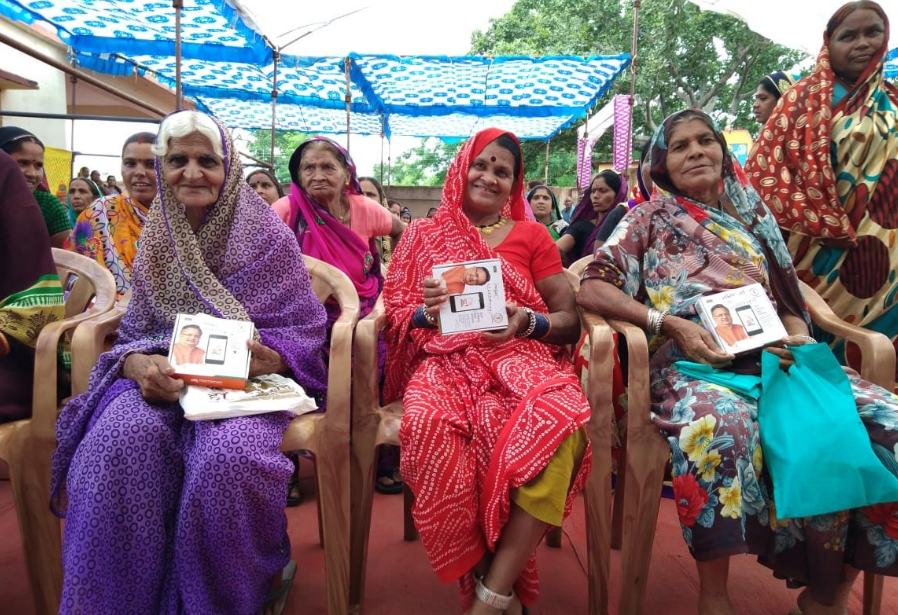
The increased mobile penetration will also help the state make Direct Benefit Transfer (DBT) schemes efficient, allowing beneficiaries to receive their funds while cutting leakage and fraud.
With every government scheme, policy and even financial transactions now available in smartphones, the scheme emerges as a ‘Digital Kranti’ for the people in Chhattisgarh.
You may also like: From ‘Nothing’ to Setting Benchmarks: How Chhattisgarh Revolutionalised Healthcare
Policymakers are confident that the state will soon be clinching its envisioned goal of 100 per cent mobile penetration. Considering the game-changing nature of the digital revolution – this scheme will transform Chhattisgarh from the grassroots.
(Edited by Vinayak Hegde)
Like this story? Or have something to share?
Write to us: [email protected]
Connect with us on Facebook and Twitter.
If you found our stories insightful, informative, or even just enjoyable, we invite you to consider making a voluntary payment to support the work we do at The Better India. Your contribution helps us continue producing quality content that educates, inspires, and drives positive change.
Choose one of the payment options below for your contribution-
By paying for the stories you value, you directly contribute to sustaining our efforts focused on making a difference in the world. Together, let's ensure that impactful stories continue to be told and shared, enriching lives and communities alike.
Thank you for your support. Here are some frequently asked questions you might find helpful to know why you are contributing?


This story made me
-
97
-
121
-
89
-
167














